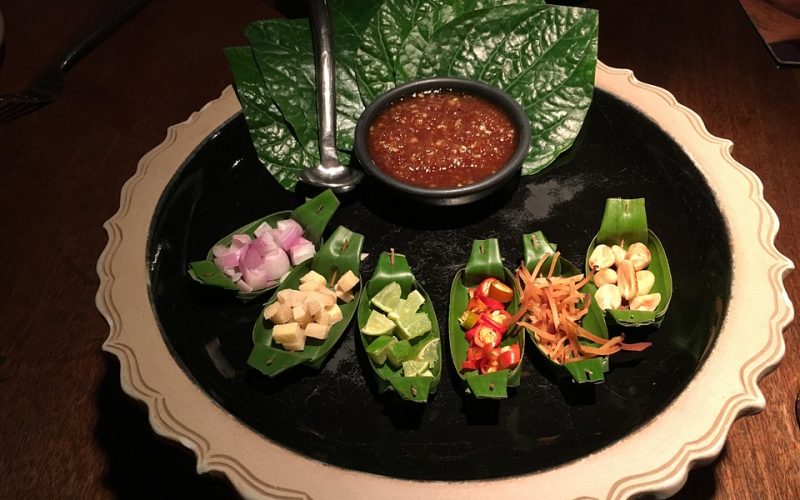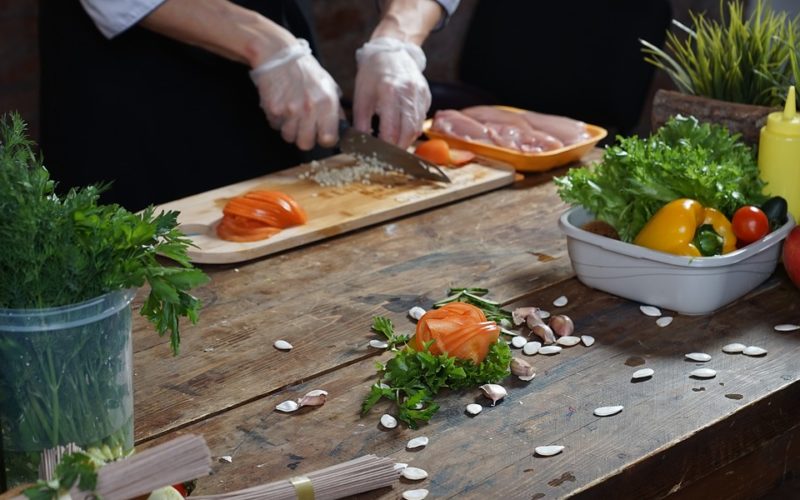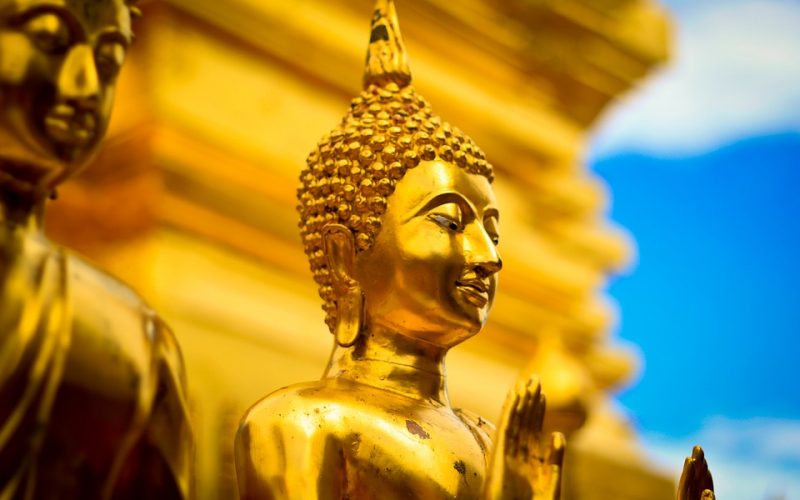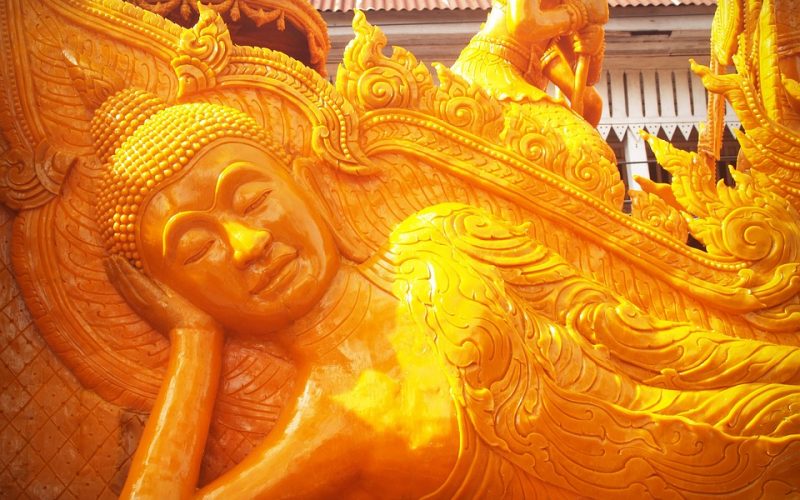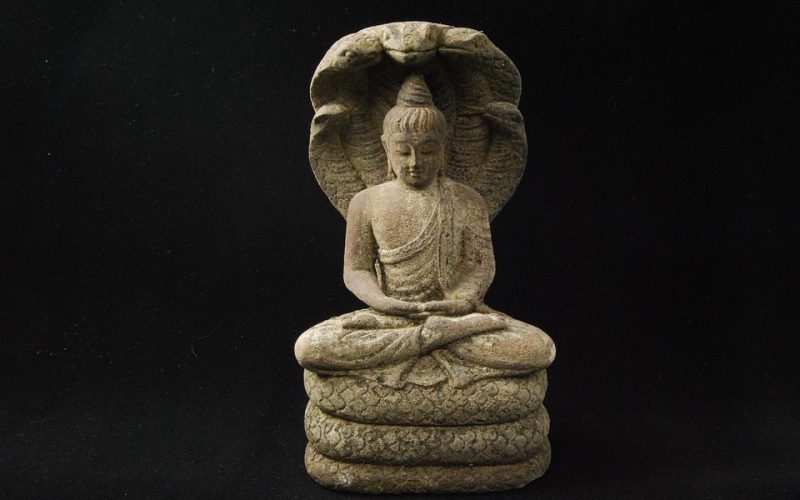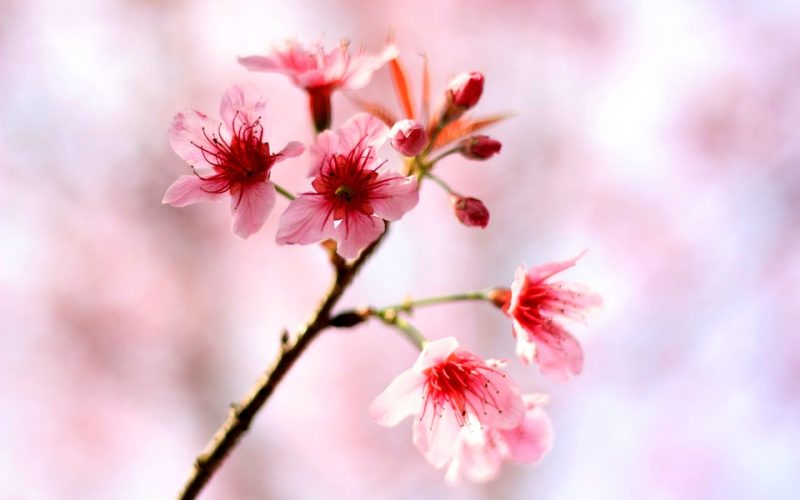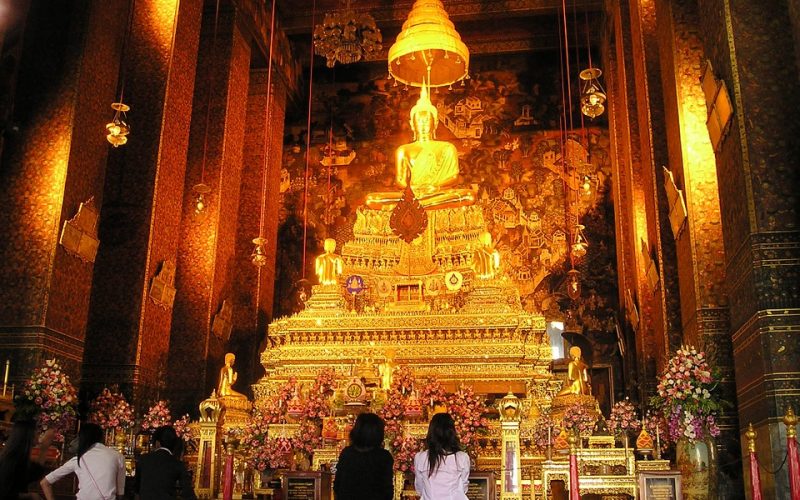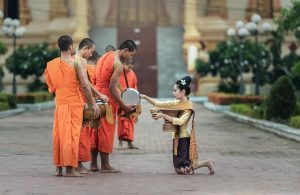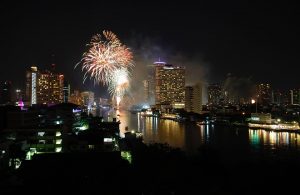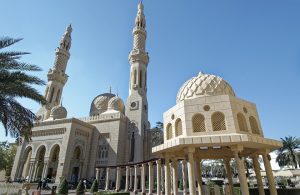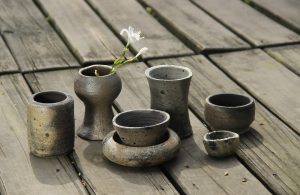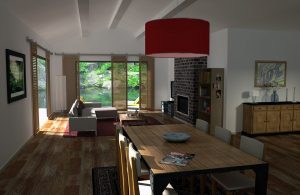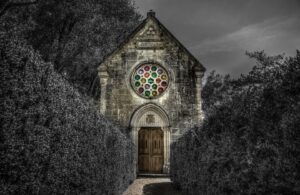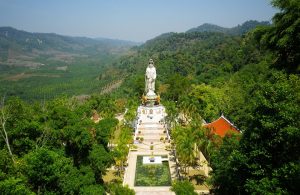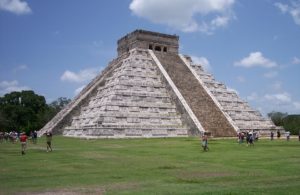Learning to Make Beautiful Food
People of any age appreciate good food, but some cultures have elevated the creation of dishes into an art. In Thailand, carving fruit has become...
Modern Thai Art
While Thailand has been noted for its many beautiful religious works, modern artists in this country have branched out. They have worked to update their...
Colourful Thai Art
As the country at the crossroads of Southeast Asia, Thailand has always been a diverse culture. Their art has traditionally encompassed that of their neighboring...
Thai Food Art
Fruits and vegetables have long been a favourite in Thai cuisine. Artists study long hours to learn how to carve and combine these items to...
Religious Influence of Buddha in Thai Art
The official religion of Thailand is Buddhism. By the 13th century, most of the country had followed their king and converted to this religion. Today,...
Flower Art of Thailand
As with many cultures, products of the natural world are used to create art in Thailand. It has been recognized that they have elevated the...
Exploring Amazing Thailand
For centuries, Thailand has been an exotic location that has attracted adventurers from all over the world. They have arrived in droves as light-hearted tourists,...
